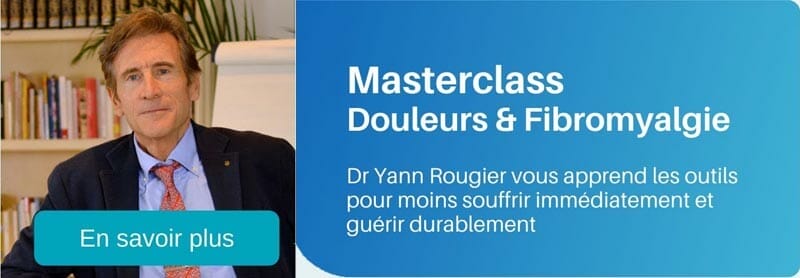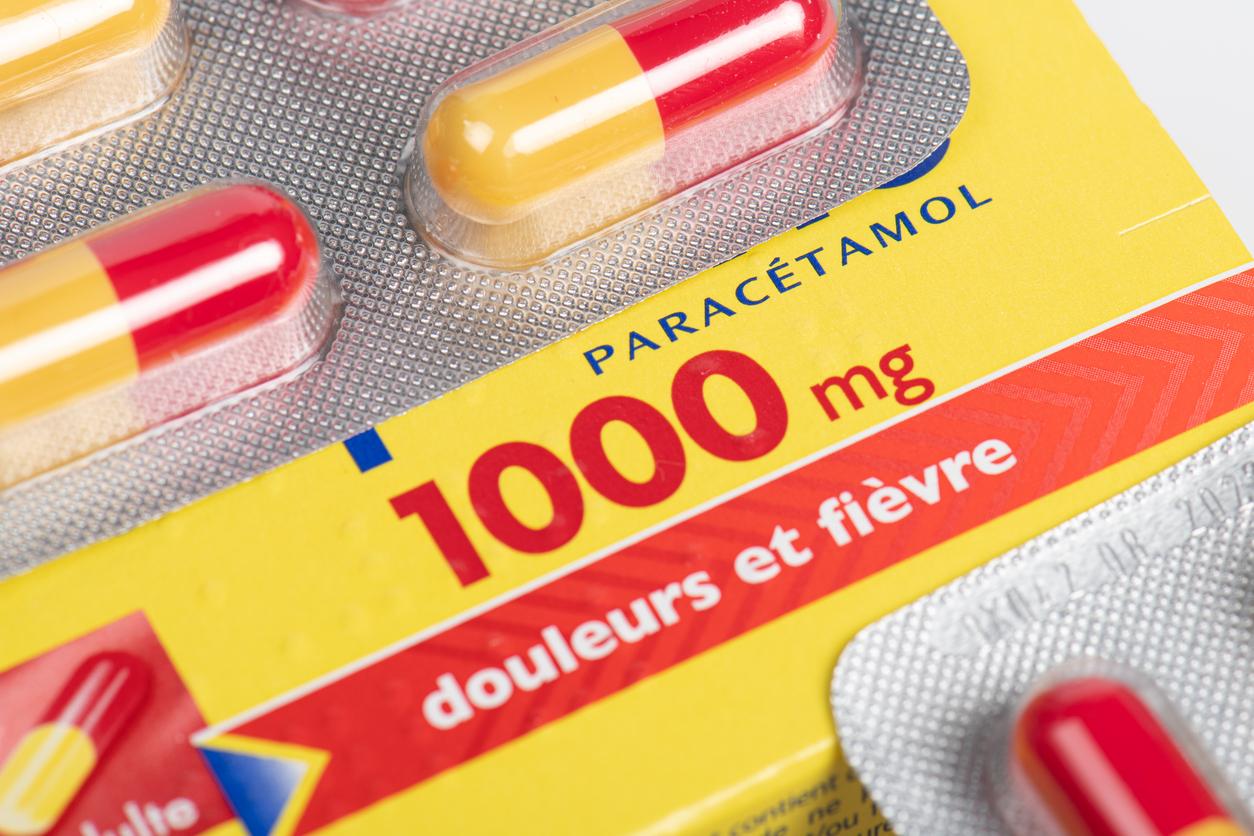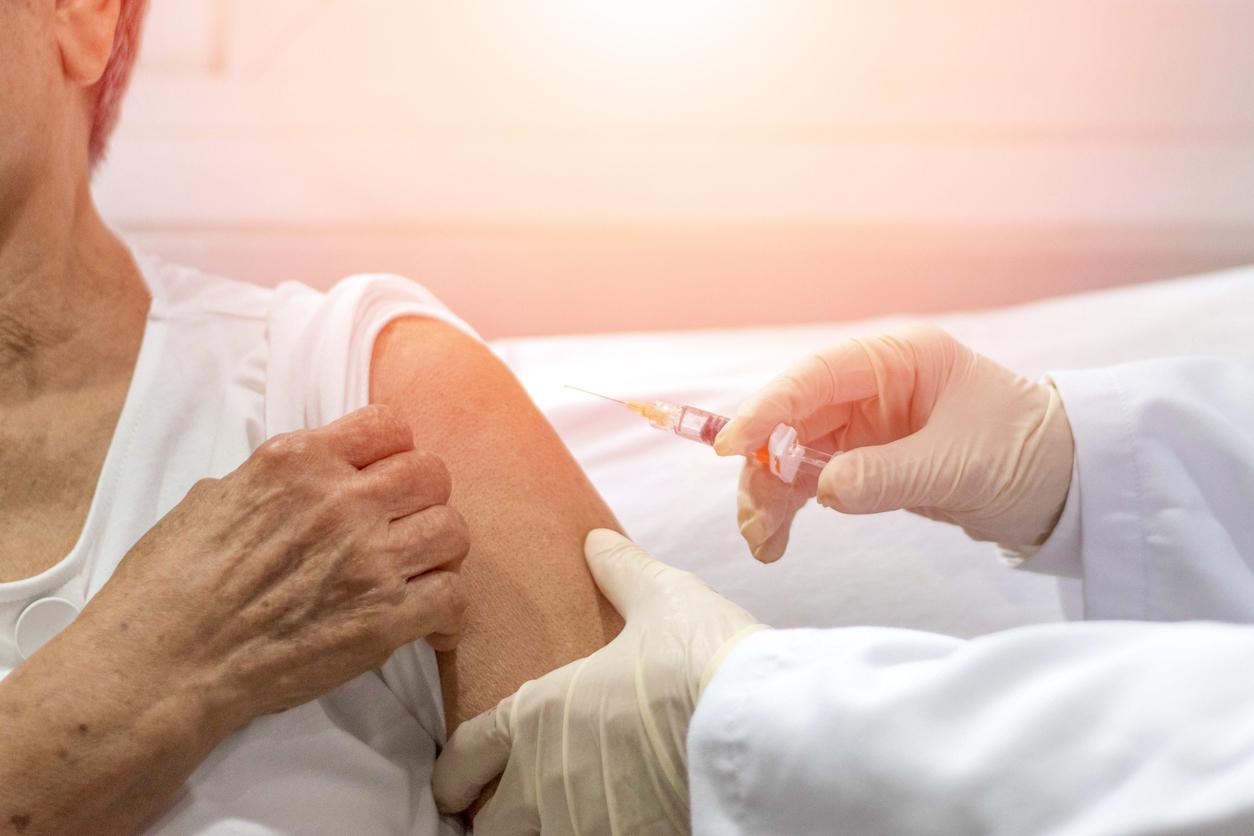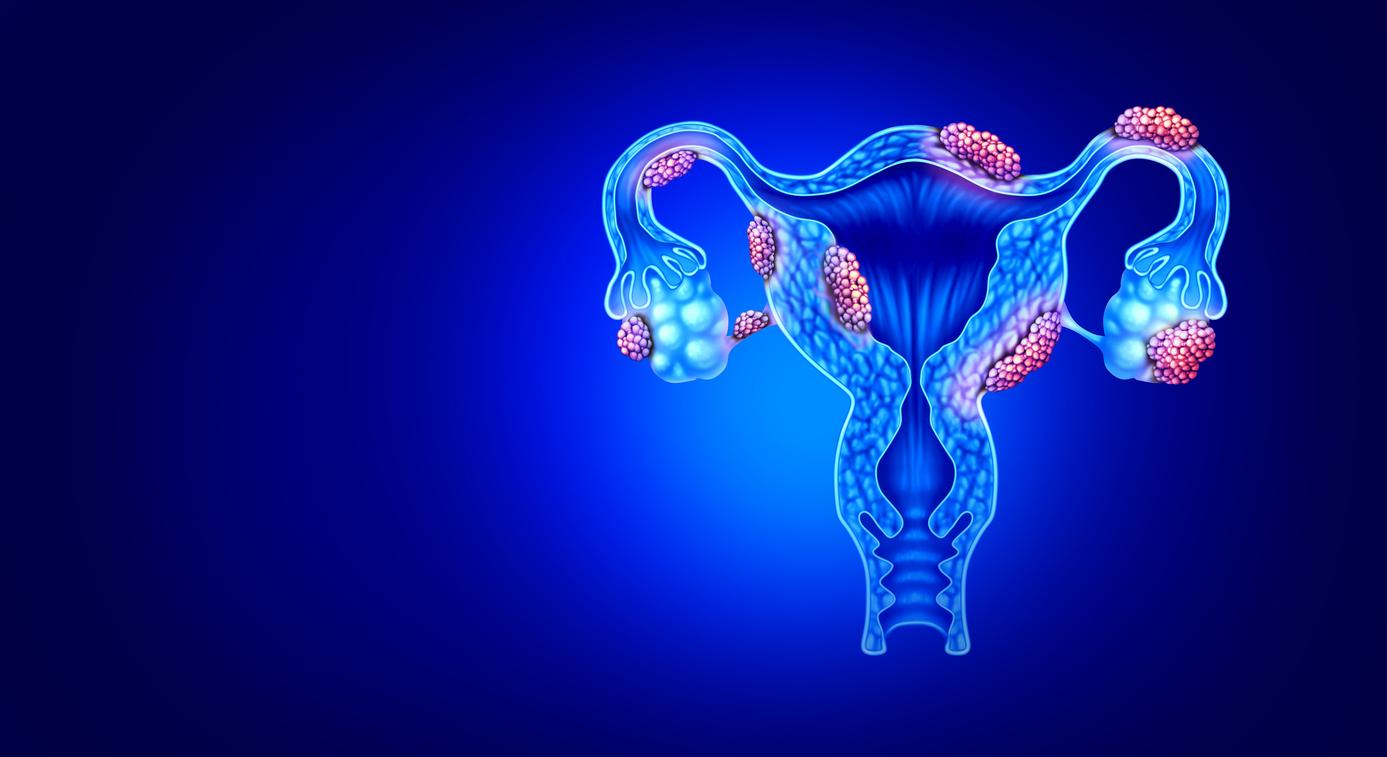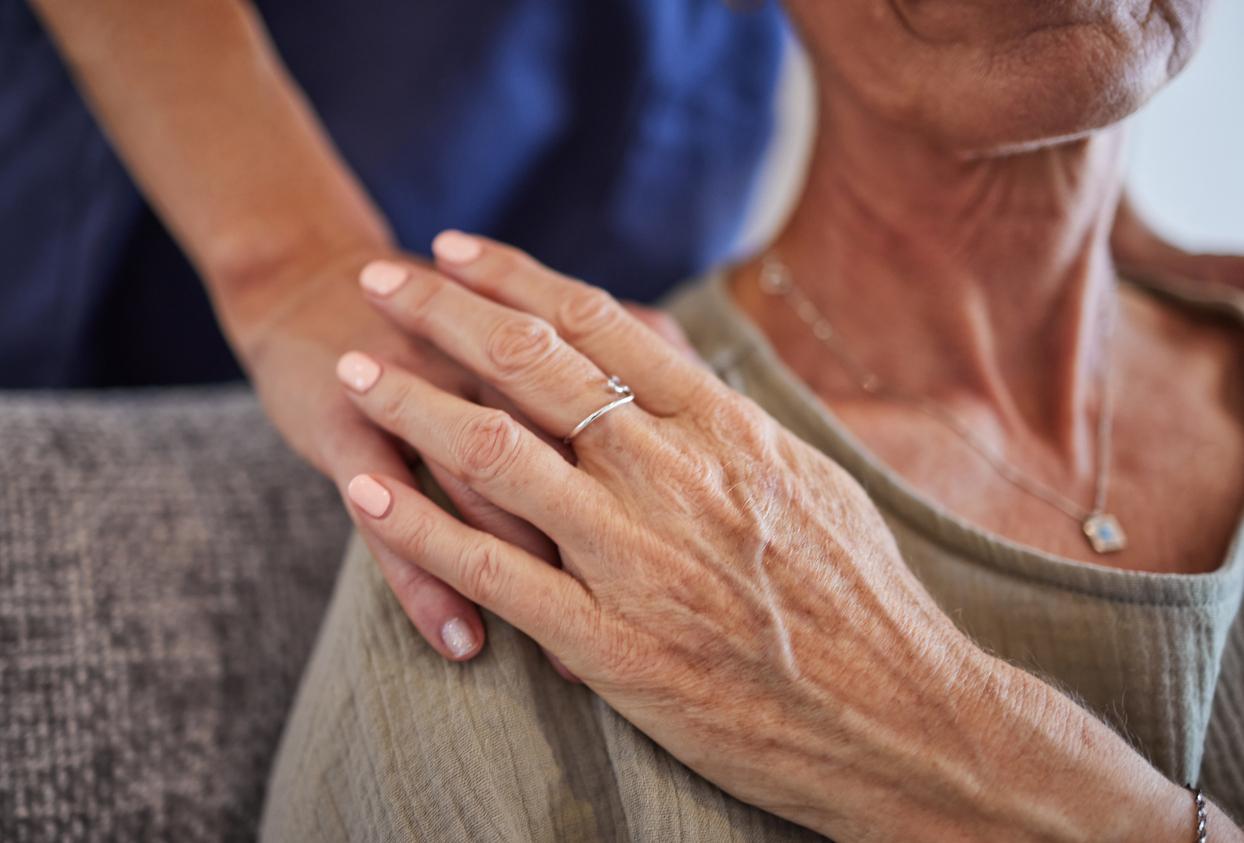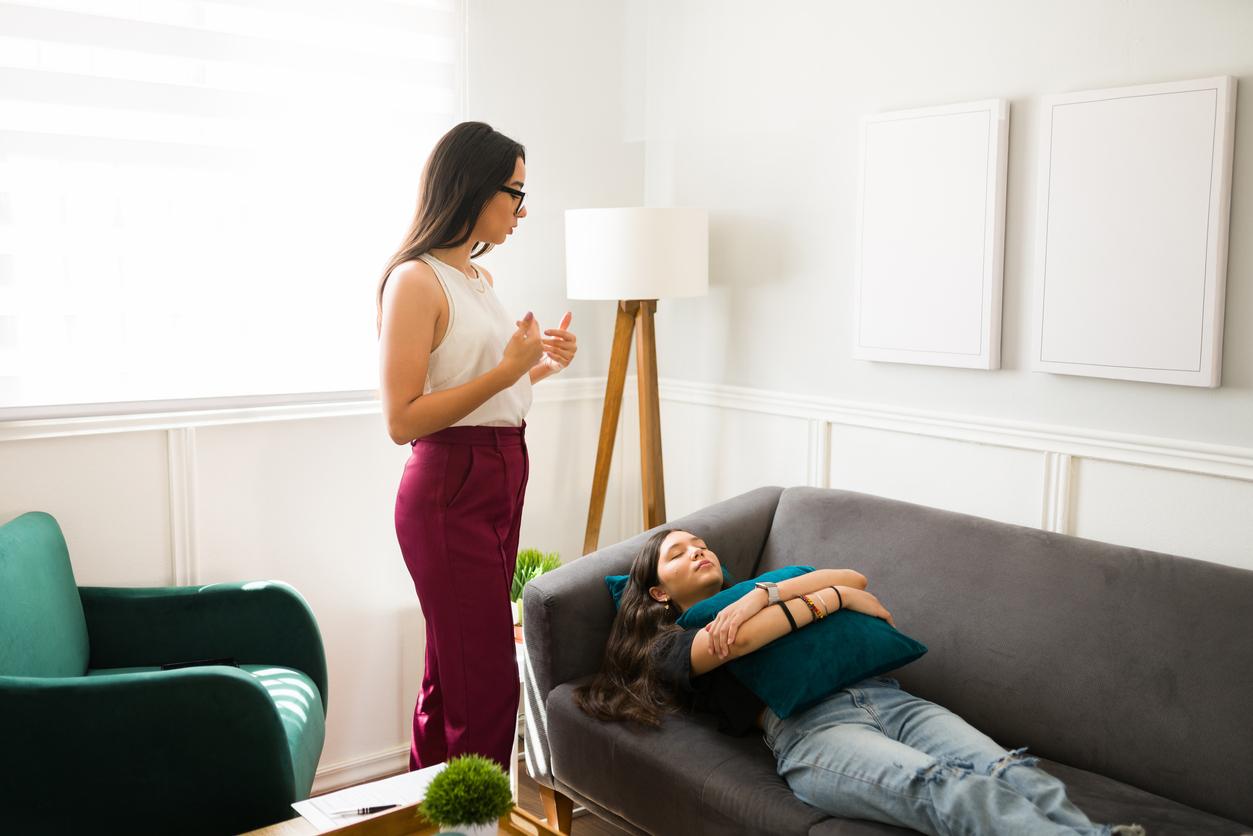Shingles is a dermatological disease caused by the “waking up” of the chickenpox virus around the age of fifty. It is characterized in particular by the appearance of painful red blisters on one side of the body. Who are the people at risk? How to recognize shingles. Focus on the main signs of this disease.
Read also
How to relieve your shingles?
Who are the people at risk?
The main risk factor is having had chickenpox because in fact shingles is the clinical manifestation of the recurrence of the virus. varicella (Varicella Zoster virus or VZV), belonging to the herpes family. According to Public Health France, if the risk of being reached at least once in your life by chickenpox is very high (95%), that of having shingles is much less (between 15 and 20%)
Then, a few other factors can influence the risk of developing this disease:
- age : people over 50 are the most affected;
- immune defenses : the people immunosuppressed due to a primary or acquired autoimmune disease or undergoing immunosuppressant therapy.
- stress and fatigue: a strong emotion or a sudden slack can quite wake up the sleeping virus.
Note that since March 2016, there is a vaccine against shingles: not mandatory, it is strongly recommended for people aged 65 to 74 years. This vaccine, Zostavax, is then reimbursed by health insurance.
Read also: All about the shingles vaccination
How do you recognize shingles?
The typical shape of the shingles manifests itself first by burns and itching in the lumbar region along the path of the nerve. This will extend from the spine to the chest.
Then the burns will be followed by redness andRashes (vesicles). Some scabs may also appear.
Usually, a shingles rash lasts between 2 and 6 weeks, with a feeling of discomfort that may remain even after the blisters have disappeared.
There is also the herpes zoster ophthalmic (near the eye) and cervical shingles.
Read also : Quiz: what do you know about shingles?
What treatment for shingles?
As often, the earlier the disease is treated, the better! If it is treated within 3 days, the shingles will be less extensive and less painful.
You will be prescribed an ssurgras dermatological avon to wash yourself and a spray to dry out the blisters. Finally, a antiviral (like Zelitrex) will be given to you to fight the virus and relieve pain.
Attention, among older people, shingles may be more of a concern. Indeed, it is often more painful and above all, the pain can persist even after treatment.
Shingles, is it contagious?
As a precaution, we do not recommend physical contact with someone with shingles, pregnant women, people with low immune defenses and people who have not had chickenpox.
Thanks to Laetitia Horel, nurse in a hospital in the Paris region.



